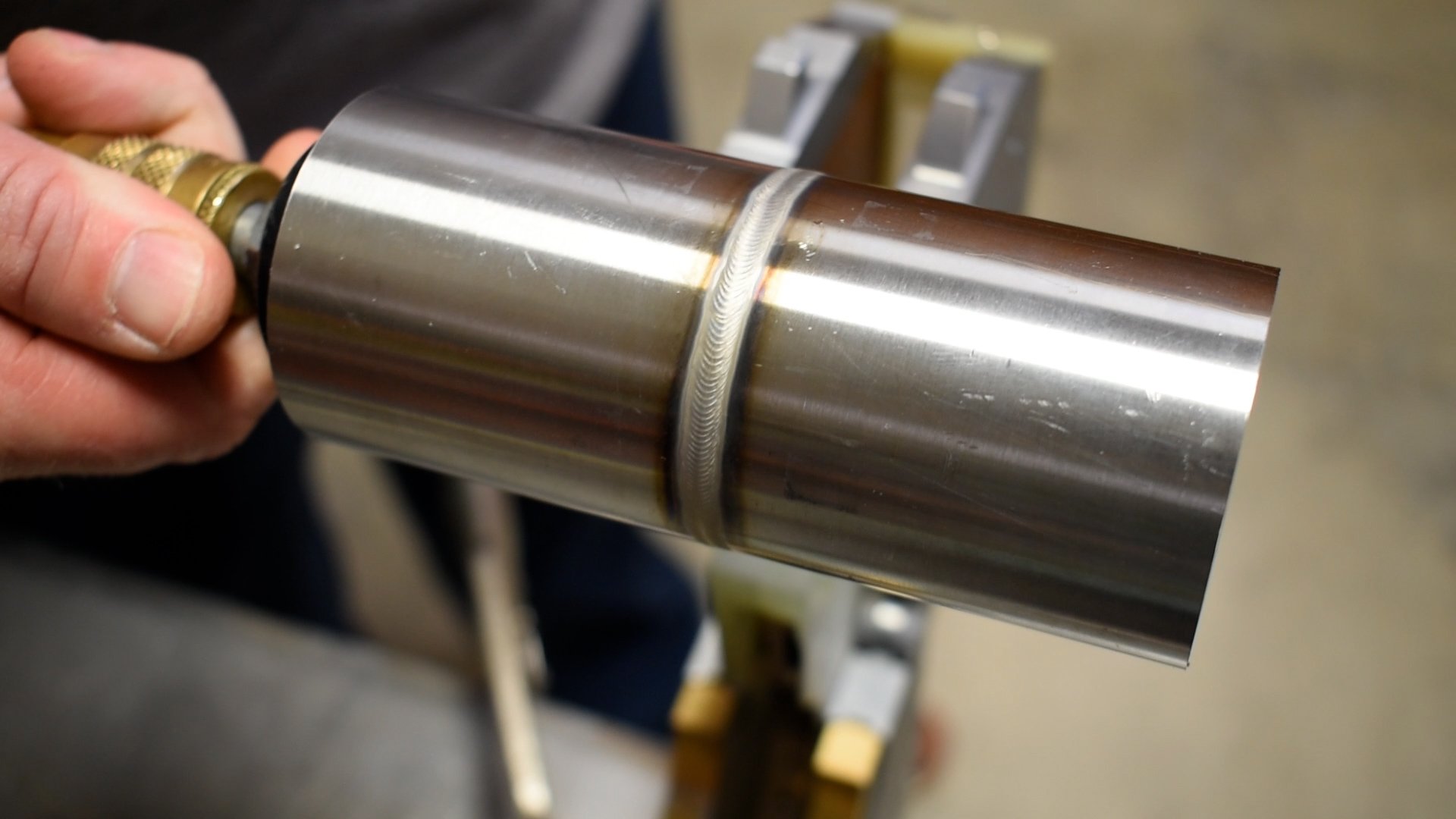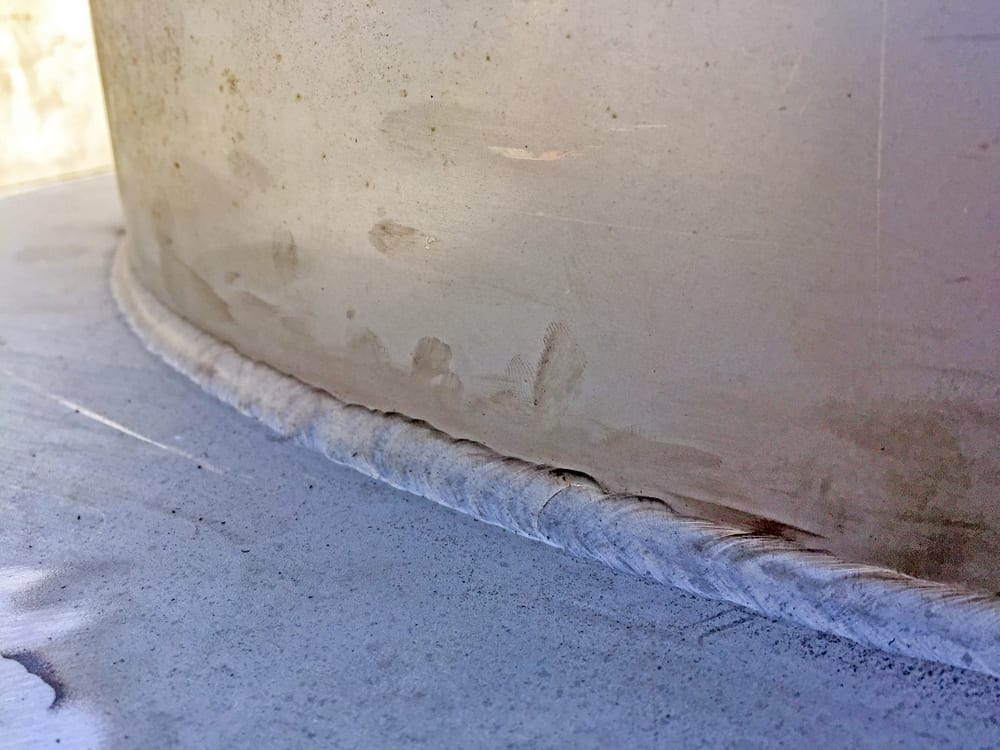Preventing Weld Undercut Demystified: Methods for Success
Preventing Weld Undercut Demystified: Methods for Success
Blog Article
Understanding the Causes and Solutions for Undercut Welding in Steel Fabrication Processes
In the realm of metal construction procedures, the incident of undercut welding positions a significant obstacle that requires a detailed understanding of its causes and practical options. The elaborate interplay of various factors during welding operations can lead to this unwanted sensation, impacting the architectural integrity and total top quality of the welded joints - Preventing weld undercut. By studying the origin of undercut welding and checking out effective therapeutic steps, producers can elevate the standard of their craftsmanship and ensure the manufacturing of flawless steel components
Common Root Causes Of Undercut Welding
Regularly ignored in steel fabrication, undercut welding takes place because of various factors that demand meticulous attention and competence to be properly mitigated. One typical root cause of undercut welding is excessive heat input. When the warmth input is expensive, it can result in the melting and succeeding disintegration of the base material along the sides of the weld joint, developing a groove or undercut. In addition, inappropriate welding strategies, such as utilizing the wrong welding angle or take a trip speed, can additionally add to damage formation. Insufficient shielding gas protection is one more key factor that can result in undercutting. Insufficient gas coverage fails to safeguard the weld pool sufficiently, bring about oxidation and undercut flaws. The selection of welding specifications, such as voltage, present, and wire feed rate, plays a considerable duty in the event of undercut welding. Recognizing these common reasons is essential for carrying out safety nets and making certain top notch welds in metal construction processes.
Influence of Incorrect Welding Parameters
Imprecise welding parameters can substantially endanger the stability and top quality of bonded joints in metal fabrication processes. The effect of inaccurate welding parameters materializes in numerous ways, leading to structural weak points and defects in the welded components. Precise interest to welding criteria is vital to make sure the manufacturing of high-quality welds with the preferred mechanical buildings and architectural stability.
Result of Improper Torch Angle
Improper torch angle in welding operations can significantly affect the quality and honesty of the final weld joints in steel manufacture processes. Damaging is a common welding problem where a groove creates along the weld toe, damaging the joint and jeopardizing its architectural stability.
A lantern angle that is as well high can bring about inadequate penetration, insufficient fusion, and raised spatter. On the other hand, a torch angle that is as well superficial can lead to excessive infiltration, burn-through, and distortion of the base product. Preventing weld undercut. Correct lantern angle is essential for guaranteeing constant weld quality, strength, and appearance
To stop undercutting and other issues created by incorrect torch angles, welders should be educated to preserve the right lantern angle throughout the welding process. Routine monitoring and adjustment of torch angles during welding can assist attain audio welds with minimal flaws.
Function of Inadequate Welding Strategies

An additional element of insufficient welding techniques is incorrect weld prep work. Inadequate cleansing of the base metals, wrong joint style, or not enough side preparation can all add to undercut welding. Moreover, insufficient shielding gas coverage or making use of the wrong type of gas can cause insufficient combination and the formation of undercut problems.
To attend to the function of poor welding strategies in steel fabrication procedures, it is important to offer comprehensive training for welders. Appropriate education read more and learning on welding criteria, joint preparation, and securing gas choice can help stop undercut welding and guarantee high-quality welds in metal fabrication jobs.
Reliable Solutions for Undercut Welding
Attending to undercut welding in metal manufacture needs implementing reliable services to boost weld quality and architectural honesty. One of the main services to battle undercut is to change welding criteria such as voltage, current, and travel rate to guarantee appropriate heat input and blend. By fine-tuning these settings, welders can stop excessive melting of the base steel and filler material, decreasing the possibility of undercut development.
In addition, proper joint prep work is essential in preventing undercut. Making sure tidy base metal surfaces devoid of home pollutants and utilizing the ideal bevel angle can aid promote better weld penetration and minimize the risk of undercut - Preventing weld undercut. Employing suitable welding techniques, such as weaving or oscillating the torch, can also aid in distributing warm uniformly and filling up the weld joint effectively, decreasing the opportunity of undercut problems
In addition, choosing the correct welding consumables, consisting of electrodes and filler metals, is essential in mitigating undercut. Utilizing products with ideal chemical make-ups and mechanical buildings can add to achieving audio welds with marginal undercut. Regular examination and quality assurance procedures ought to also be executed to identify and attend to undercut problems without delay, making sure the overall integrity of made metal components.

Final Thought
Finally, understanding the reasons and solutions for undercut welding in steel manufacture procedures is essential for accomplishing high-quality welds. By attending to common causes such as inaccurate welding specifications, incorrect torch angle, and insufficient welding strategies, click reference welders can protect against undercutting and make certain solid, durable welds. It is vital to pay interest to these variables and implement reliable solutions to enhance the overall welding process and end product high quality.

Report this page